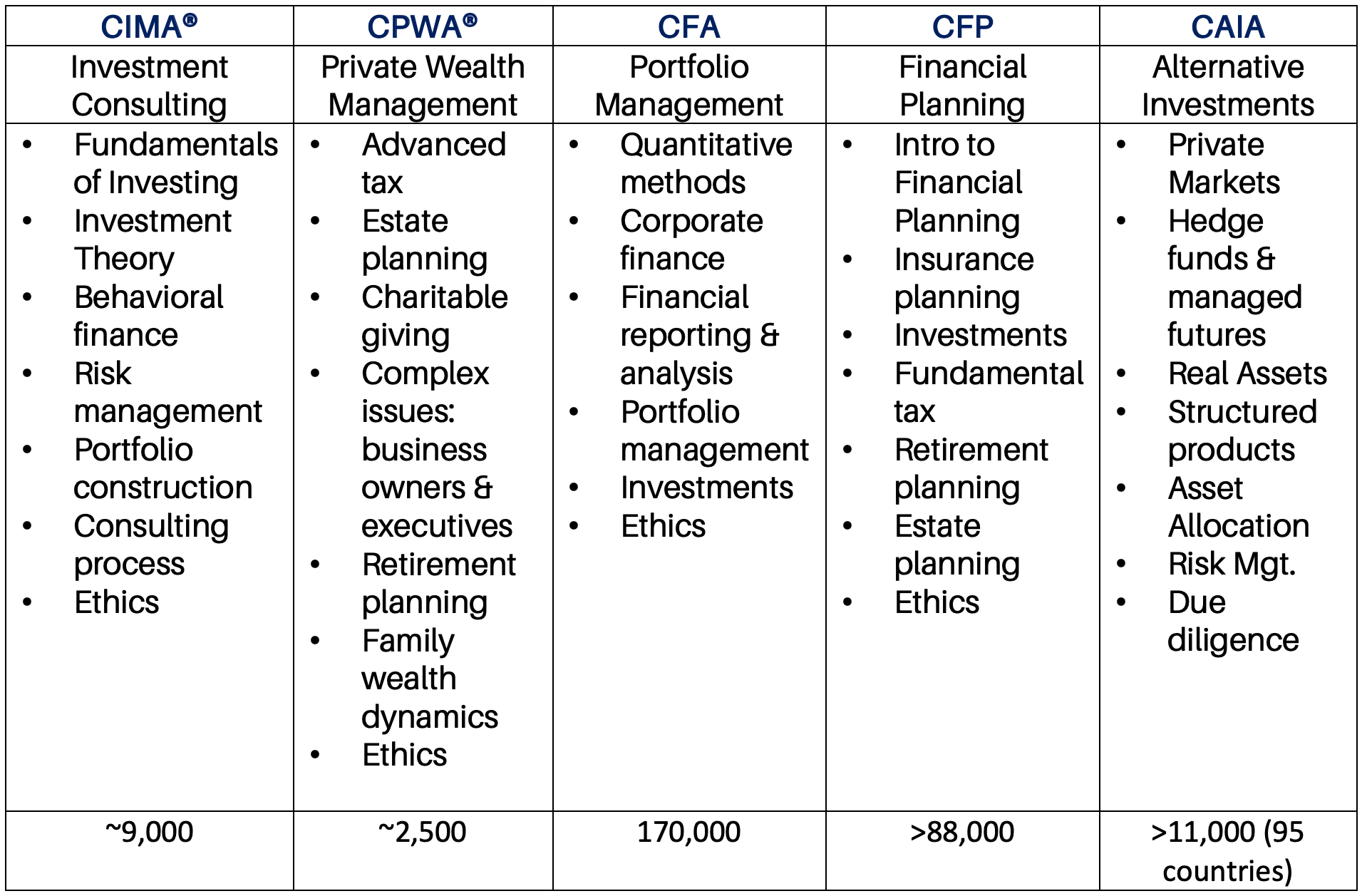Goals-Based Investing: Who is it for?
Since the announcement that my book, Goals-Based Investing, would be published in the Fall, I have received numerous inquiries about who it was written for, and who would benefit from reading it. My publisher and agent would probably say that everyone would benefit from my book – which may be true, but I wrote it with a specific audience in mind.
Lifelong Learners
My primary audience is the advisors who is constantly looking to grow and learn. In my book, I refer to them as lifelong learners, advisors who have invested in themselves and embrace the journey. The wealth management industry is constantly evolving, and those advisors who embrace change will flourish – and those who resist change risk becoming irrelevant or obsolete.
I have been fortunate to work with many successful advisors over the year, and watched how they responded to changing demands, challenges to their value proposition, and vast array of new products coming to the market. Success should not be based on production, assets under management, or meeting firm sales targets – but rather, has the advisor helped their clients in meeting their goals and objectives. Do they possess the knowledge and experience to help their clients navigate the challenges of wealth management. To keep pace, many advisors have sought advanced education, either offered by their firms or through other educational providers.
Many financial advisors have taken advanced education programs from industry organizations like the Investments & Wealth Institute (IWI), CFA Institute, CAIA Association, and Financial Planning Association (FPA) among others. IWI introduced the Certified Investment Management Analyst (CIMA) program in the early 1990s because advisors were seeking advanced education beyond what their firms could offer. IWI later introduced the Certified Private Wealth Advisor (CPWA) program to hone the skill of advisors serving HNW investors, and the Retirement Management Analyst (RMA) program to help advisors serving retirees. The CFA Institute offers the CFA certificate for those members who pass a comprehensive program designed to help advisors in portfolio management. CAIA introduced the CAIA Charter to provide advanced education regarding the role and use of alternative investments. The FPA administers the Certified Financial Planning designation (CFP).
Industry Certifications & Curriculums
Source: as of January 2021
It may appear that all advisors offer the same services, and possess the same knowledge and experience, but clearly there are very big differences between the service level and capabilities of the various advisory teams. The organizations above offer training and continuing education to their members so that they can remain current and relevant in this ever-evolving industry. These advanced designations also allow advisors to distinguish themselves from the crowded marketplace.
High-Net-Worth Investors
Goals-Based Investing is also written for HNW investors who need help in distinguishing between the various firms, business models, and advisory practices. Unfortunately, investors do not always understand the nuances of the various practices, and different value propositions from one advisor to the next. As an industry, we often fall into confusing jargon and complex terminology, rather than communicating in a clear, concise, and transparent manner.
HNW and UHNW investors create their wealth by starting a business, leading teams of people, introducing a new technology, excelling in their field of expertise, and/or selling their business. They have become successful in their field – but that does not mean their expertise translates into investing and managing wealth. They need help in managing all aspects of wealth management. Many HNW investors measure their advisor’s success and failure based on their portfolio’s performance. However, as covered throughout my book, wealth advisors need to evaluate each investors’ unique circumstances, including taxes, estate planning, charitable giving, and their specific set of goals.
An advisor’s value proposition is much more than managing a portfolio, its about helping families achieve their goals and objectives. Goals-based investing establishes a process for identifying and achieving the various goals that HNW families have, including intergenerational wealth transfers, college funding, establishing special needs trusts, purchasing a second home, and charitable giving among other goals.
An investor’s portfolio is the means to the ends – it can provide capital appreciation, wealth perseveration, or retirement income. HNW families often have multiple goals, with different time horizon, that need to be simultaneously solved for. HNW investors should evaluate whether their wealth advisor possesses the necessary skills and acumen to meet all of their wealth management needs.
What people are saying about Goals-Based Investing.
“After decades as an advisor to financial advisors and experience in working with institutional money managers and funds, Tony is sharing his knowledge and insights in long-term wealth management. Goals-Based Investing is a timely book for….. keep reading.
– Halvard Kvaale, Portfolio Manager, former Head of Manager Research & Due Diligence, National Broker-Dealer
“In his book, Goals-Based Investing, Tony Davidow fuses the diverse landscape of investing into one succinct and comprehensive treatment to help investors navigate the world of wealth management. Whether you are a financial advisor or DIY investor, you will find relevant insights to help build and manage portfolios. From…. keep reading.
- Margaret M. Towle, Ph.D., CIMA®, CPWA®, Yakima River Partners, LLC
Available for pre-order on Amazon and Barnes & Noble




